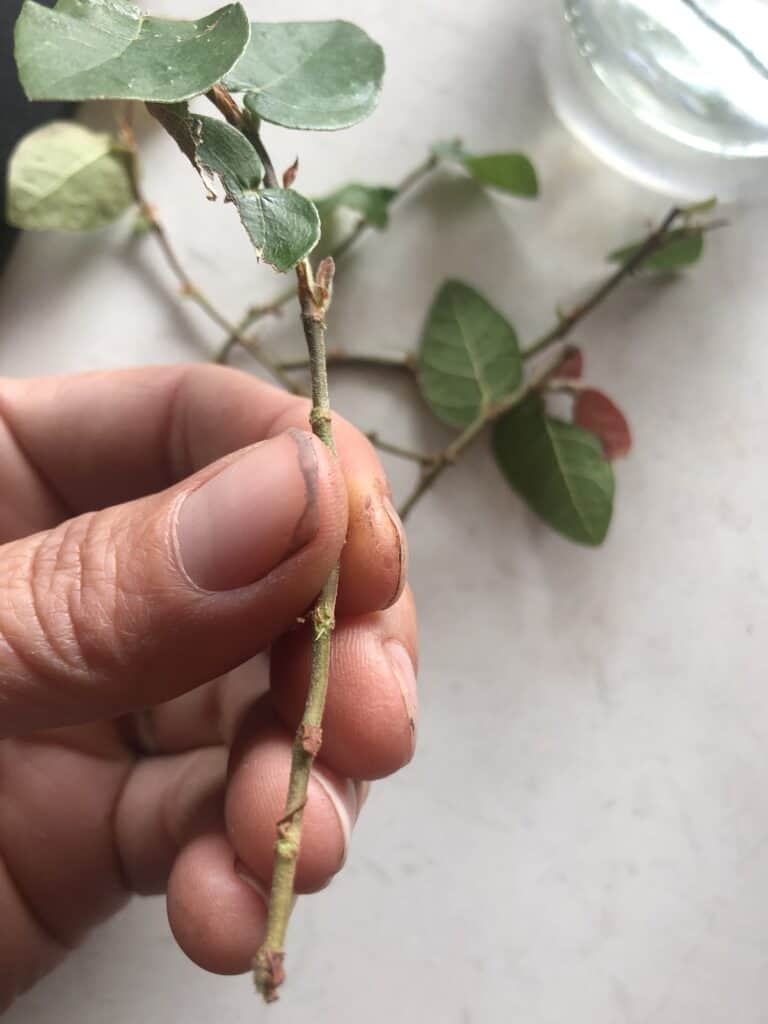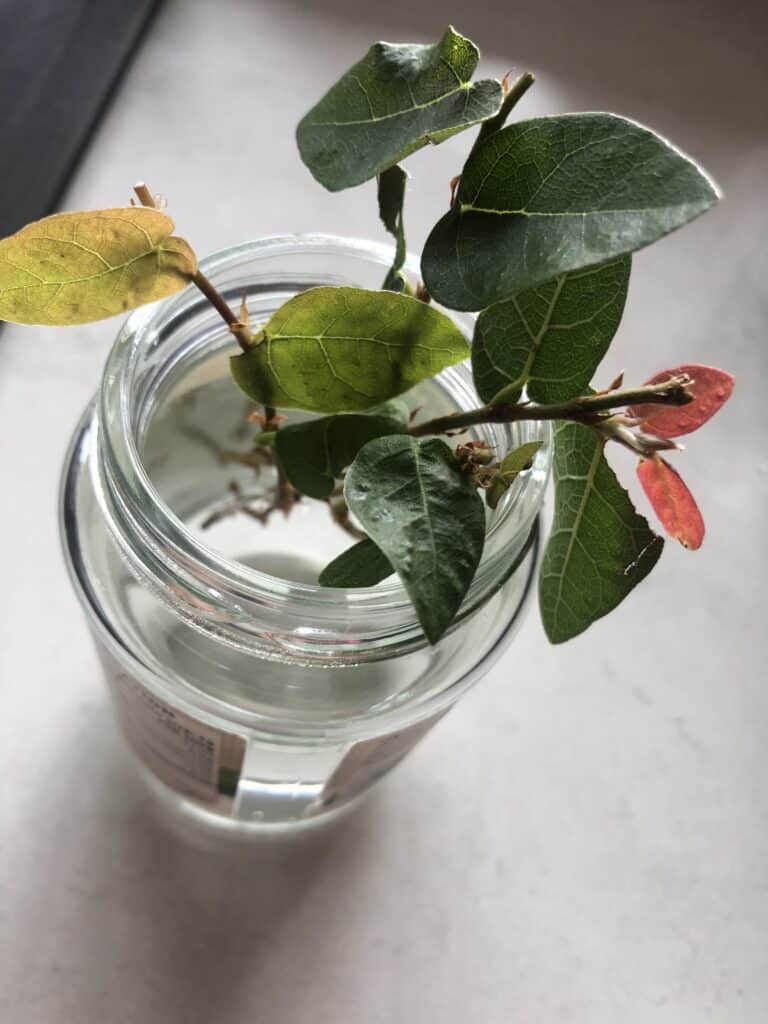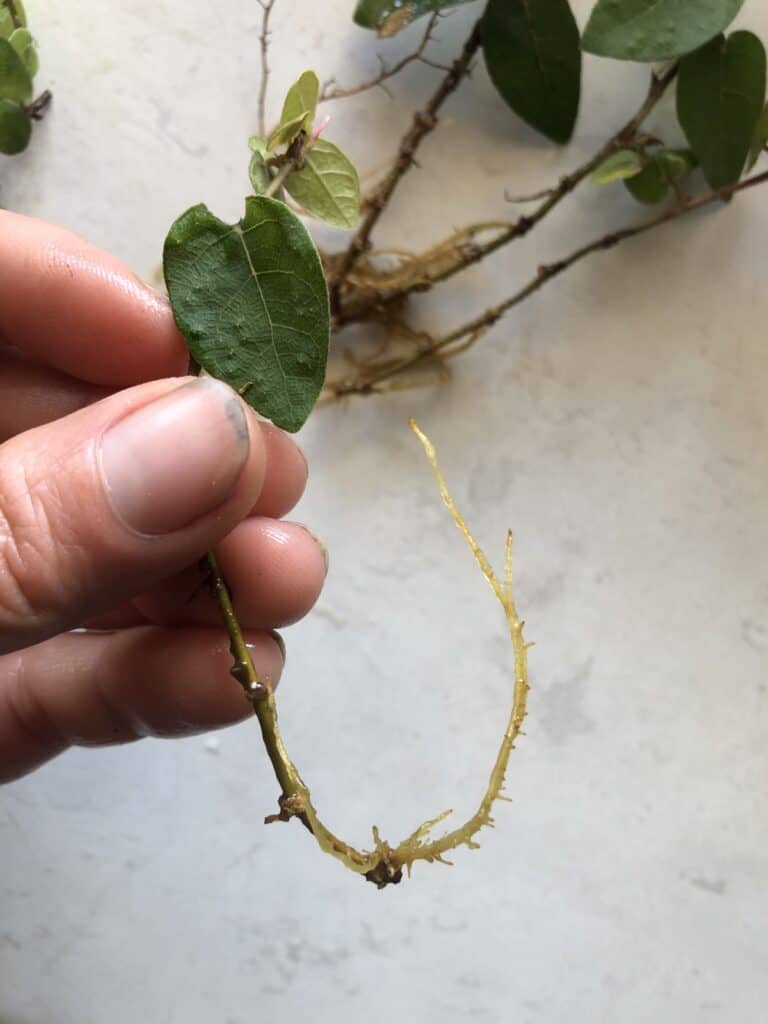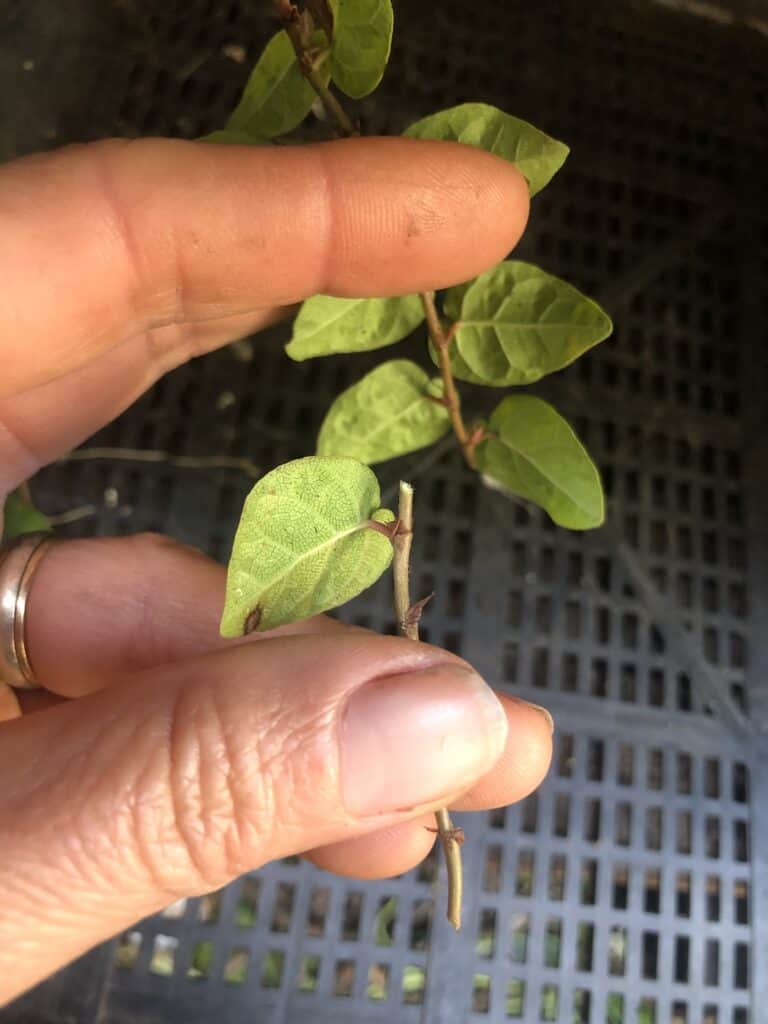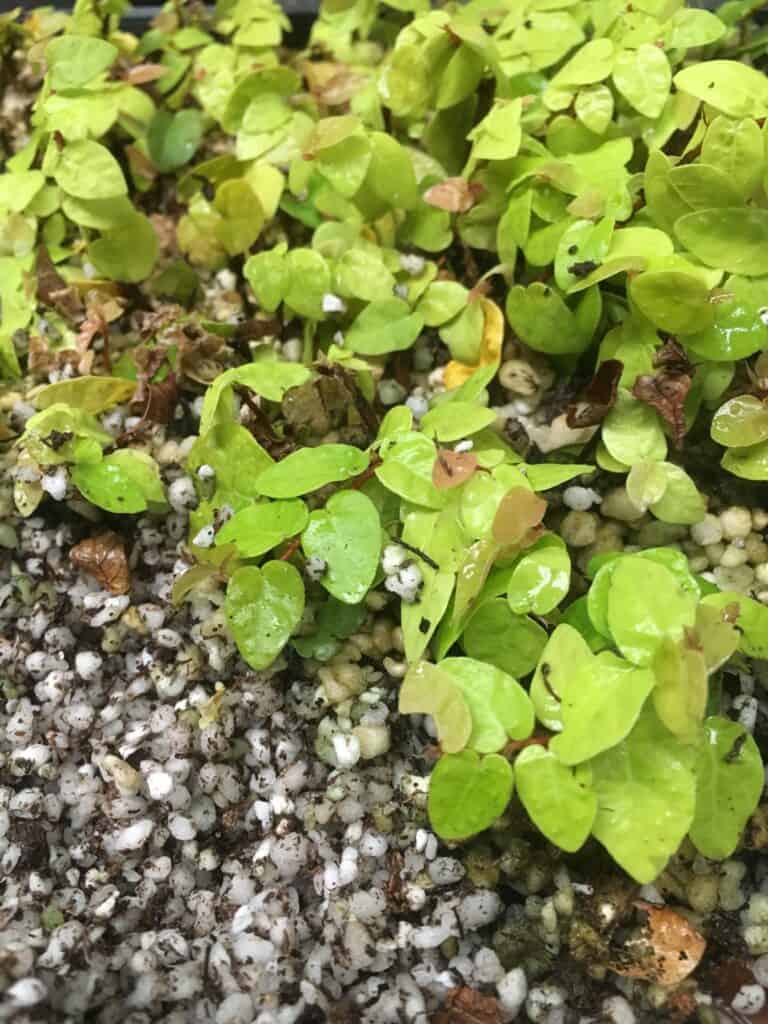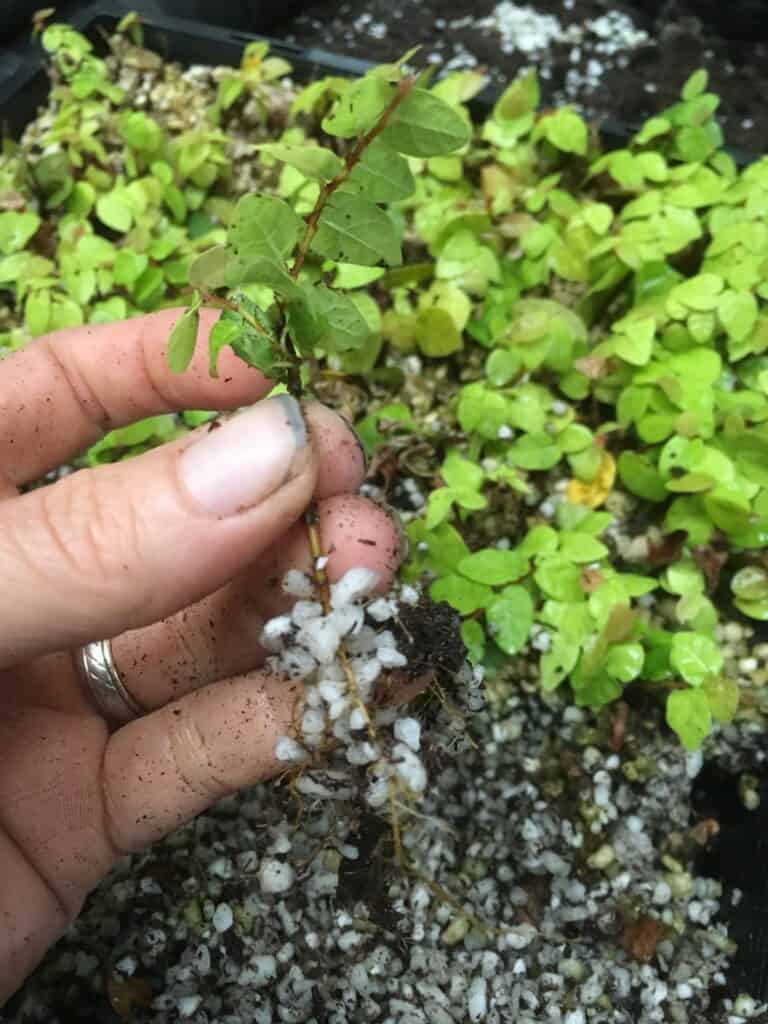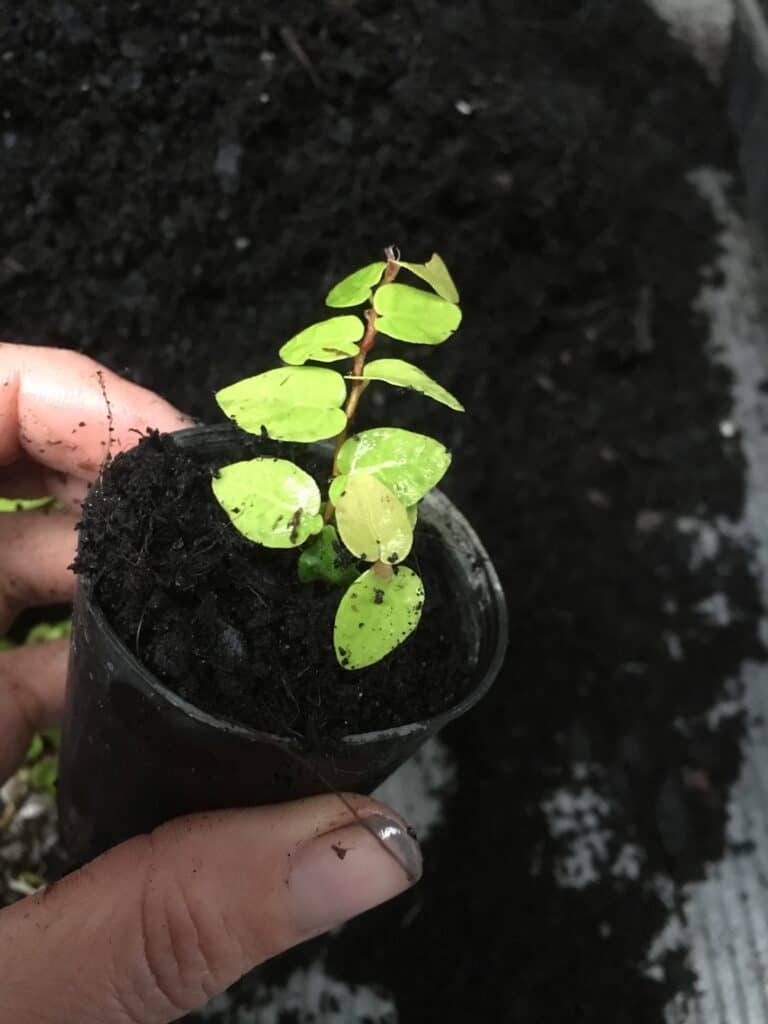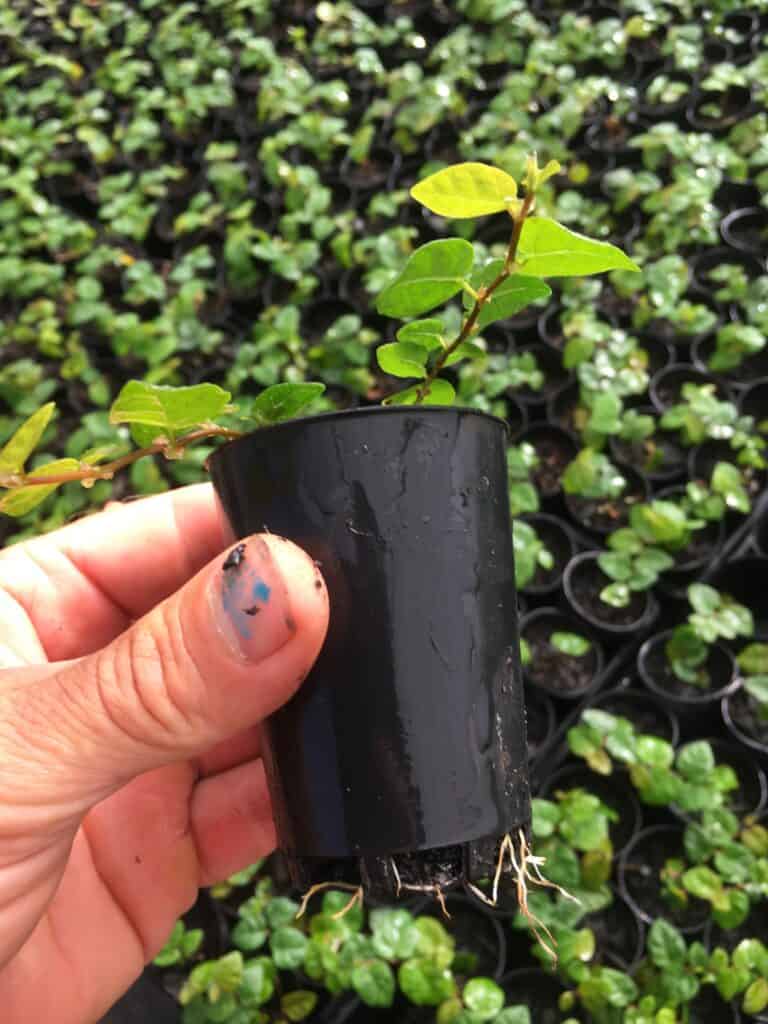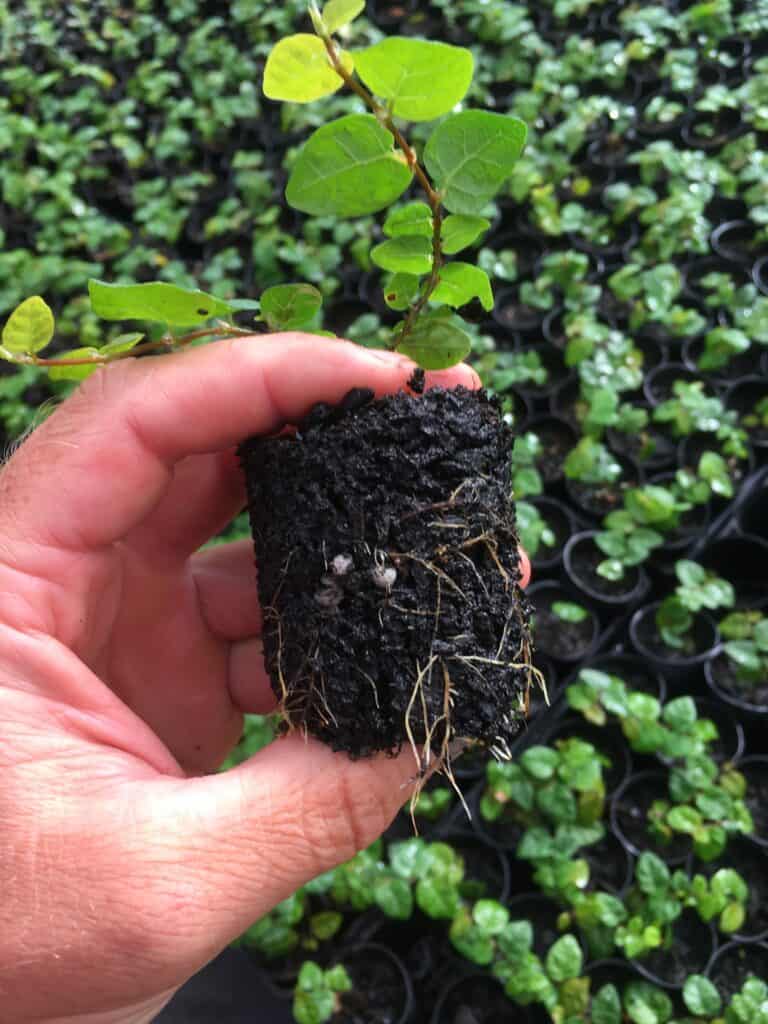Creeping fig (ficus pumila) or climbing fig is an easy plant to propagate.
Each year we propagate around 1500 hundred to sell in our wholesale nursery.
If you want to see all the other plants we have propagation guides on check out our propagation page.
The best time we have found to take the creeping fig cuttings is anywhere from mid spring into summer. Taking the cuttings at this time gives the quickest results.
Often we get busy and run out of time to take cuttings when we would like. We have taken cuttings of creeping fig at various times of year.
The success rates are still over 90% it just takes a little longer for the roots to develop.
There are two methods we like to use for creeping fig. If you are a home gardener and just need a few plants propagation in water is your best bet.
If like us you are growing the plants to sell locally, a mix of perlite and peat moss is a better option.
Propagating creeping fig in water
Propagating creeping fig in water is really, really easy. Even if you are just starting to learn about propagation.
For a water cutting we like to take a piece of stem about 10cm (4in) long. It doesn’t matter what part of the stem you take it all works.
Strip away the lower 2/3 of the foliage.
Place the cutting in a small jar.
Keep the cuttings on a well lit widow sill, but not one that receives direct sunlight.
We keep our cuttings in water on our kitchen widow sill.
Propagating in perlite and peat moss
Almost all the cutting we do in the nursery we use a mix of perlite and peat moss.
We mix up 90% perlite with 10% peat moss. If you would like to read more about why we love this mix read our article best propagation mix.
The main reason we use perlite and peat moss instead of water to propagate in the nursery is because we can fit hundreds of cuttings into a single seedling tray.
Because we are propagating so many we like to use smaller sized cuttings about 5cm (2in).
Again we keep them in a well lit area, yet out of direct sunlight.
When propagating into the perlite, peat moss mix its important to keep the mix constantly moist.
How long do the roots take to strike?
In both situations the cuttings should take about 3 weeks for you to see some small roots starting.
Allow about 6-8 weeks for nice long healthy roots that indicate its time to pot into soil.
These timelines are if you take the cuttings in mid spring/summer.
If you take the cutting at other times they will still work, it just will take a little longer to develop roots.
So once the roots are long and healthy looking its time to pot into soil.
Always select a good quality potting mix, with plenty of organic material.
Again store the newly potted plants in a well lit sheltered area. They are getting stronger but just give them a little more nurturing.
Keep them nice and moist but don’t over water!
Once the roots are filling the pots you can plant them out in the garden or pots them into larger pots.
Does creeping fig need full sun?
Creeping figs can be grown in full sun but they don’t need it.
We have grown them in quite shady areas right through to full sun.
What they mostly need is warmth.
Young plants are very sensitive to frost, but once the plants become established they will survive light frost quite easily.
We can get temperatures as low as -5C and our established creeping figs are just fine.
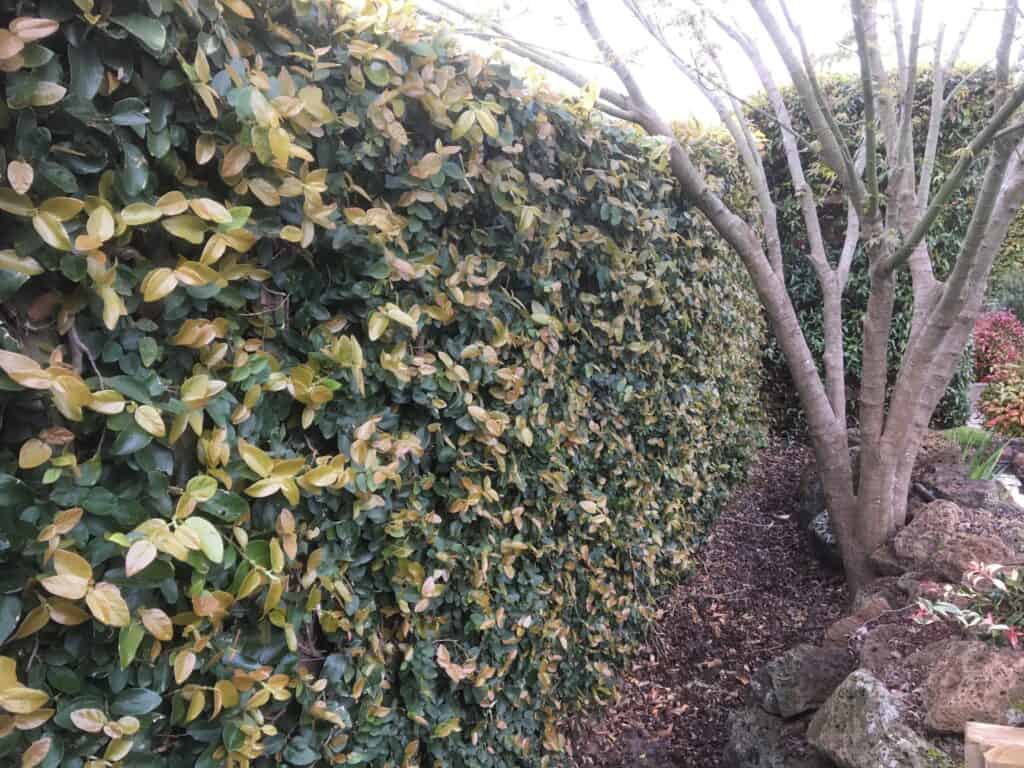
Are the roots invasive?
Not that we have found.
As the plants age the main trunk can get quite chunky.
We have had them in our courtyard for over 15years. There is no signs of the pavers lifting.
Will creeping fig attach to a wall?
Creeping figs will attach themselves to any surface.
They are similar to ivy in the way they can cling to anything.
Each little leaf node has the potential to send out roots to cling on to walls.
That is what makes them so easy to propagate.
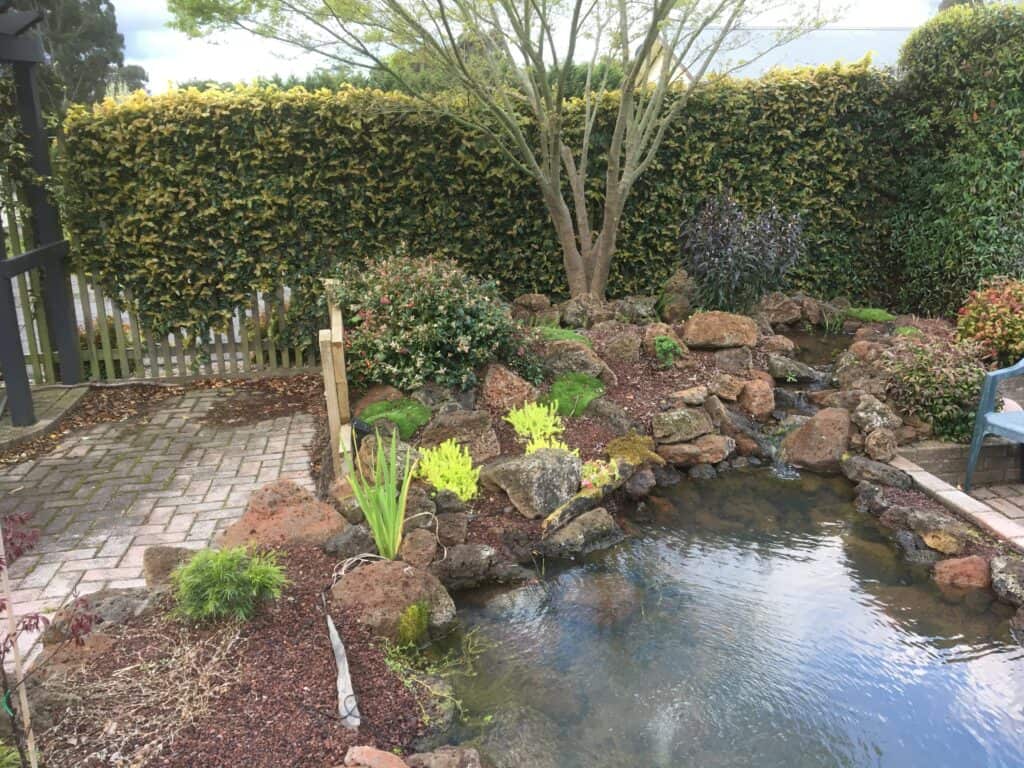
Can creeping fig be grown indoors?
Yes creeping fig makes a great indoor specimen.
As i mentioned earlier they thrive in warm places.
We have found they do especially well in bathrooms and kitchens.
Subscribe
Hopefully this article has been helpful.
If you like gardening, propagation, recipes and healthy living subscribe to our mailing list.
We aren’t looking to bombard you with marketing garbage. Just looking to engage with like minded people.
Thanks for reading happy planting;)

